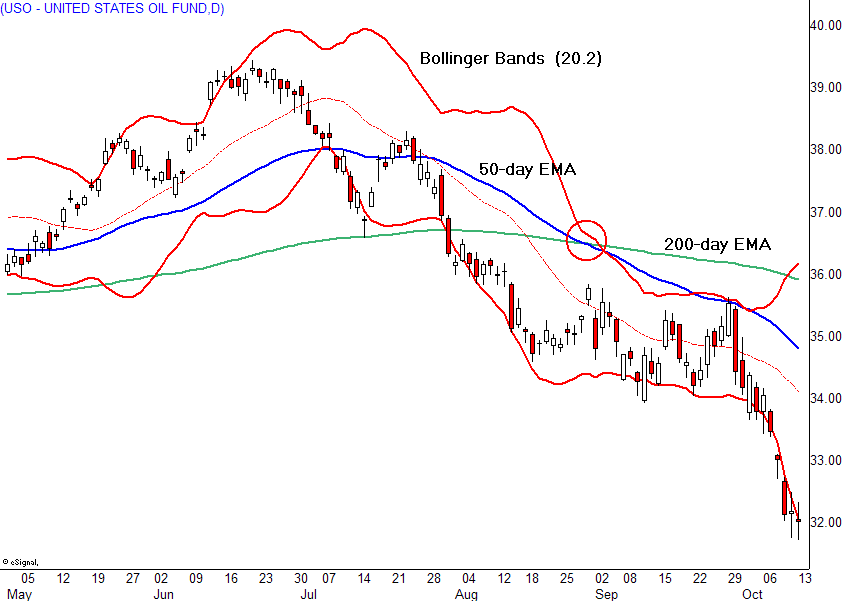Many people turn to the markets to finance a home, provide higher education for their children, or to build a secure retirement. However, participating in the market is not a surefire way to build a better future. Markets are volatile components of our economy; the value of stocks, bonds, and other securities fluctuate alongside market conditions. Investing in the market is risky; no one can guarantee that you’ll make money from your investments and your securities may even lose value. However, you do not have to enter the market completely blind. With a basic understanding of key methods and tools, you can feel equipped to strategically enter the market and plan for the future. Listed below are the basics of investing:
- Investing Risk Ladder
- Invesment Products
- Technical Analysis
- Fundamental Analysis
- Psychology of Investing
- Technical Indicators
- Market Indicators
- Financial Analysis
- Order Types
- Market Analysis
Education is an essential component of becoming a wise and profitable investor. Acknowledging your lack of education when it comes to certain investments is also an essential component of evading avoidable losses. Spending the time necessary to gain a better understanding of the market will tremendously aid your investment strategies. However, it is also crucial to consult professionals. Recommendations from financial advisors will propel your investments in the right direction, increase your profits significantly, and slow your losses. As an investor, know the basics of Trading Rules.








